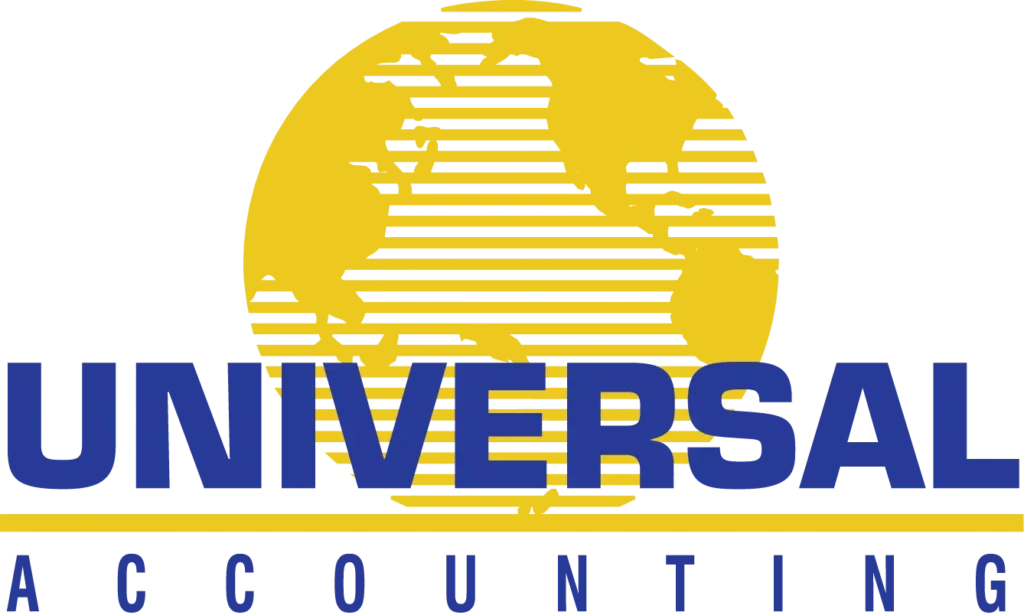In December 2007, Entrepreneur.com published an article entitled “Test Run” which shared ways to perform quick feasibility testing on a business idea. Jake Rockwell, owner of Rockwell Products LLC in Medford, Oregon has his own approach in determining whether or not a business venture will be successful. He takes the following three steps:
1. Check for limited competition. You want to ensure that the market isn’t already saturated with accounting practices. Take a look in your local phone book to see how many accountants are listed. Also consider whether they offer any specialized services, like small-business accounting or financial consulting, that you hope to offer. The more unique and valuable your services, the more feasible your business.
2. Consider the likelihood of returning customers. Accounting services are great because all businesses are required by law to perform various accounting tasks, and the need for this service is long-lasting. Businesses need payroll services performed on a monthly and even semimonthly basis. Most accounting tasks as like this, which means most of your clients will be regular clients.
3. Consider how management-intense the venture will be. You must consider how much of your time will be dedicated to managing the business as opposed to performing billable hours. If the venture requires enough managerial oversight you will have to hire staff to which you must delegate various tasks. Luckily, when first starting an accounting practice, you can work from your home and manage your business without much effort. However, depending on your visions for growth, you may eventually need to expand your efforts to include a rented office space, partners and a support staff.
In addition to Rockwell’s three feasibility steps, Entrepreneur.com recommends that entrepreneurs get feedback from prospective clients. As you ask these individuals what they want from their accountants, whether or not they’re satisfied with their current accountant, and how much they’re willing to pay to get the services they need, you will have a better idea of how sustainable your business idea is and how you might tweak your services in order to achieve your profitability goals.The Social Enterprise Reporter, in an article entitled “The Quick Feasibility Test,” shares Rolfe Larson and Andy Horsnell’s four criteria used to test for feasibility:
- Strategic alignment-Do you want to do it?
- Operational-Can you do it?
- Marketing-Will customers buy from you?
- Financial-Will you achieve your profitability goals?
They also suggest a graduated series of feasibility tests that take you from self-assessment to a more researched-based, data-driven process of determining whether your business is earmarked for success.Whether you plan on starting a business from scratch or hope to add new services to a current business, feasibility testing can help you determine whether or not the venture is worth the effort, and if so, how to best approach it.
Financing a Small Business
If, after performing feasibility testing, you feel it’s time to start your own practice but would like to take out a small business loan first, you can order Universal’s valuable manual Financing a Small Business which will walk you through the process of preparing a loan package. This 126-page manual includes clear-cut instructions, valuable resources, and sample loans that provide valuable models which will make the process of applying for your own loan much easier. Order now! This manual will help you start your own business today while enabling you to consult countless clients on the same process in the future.ReferencesHendricks, Mark. “Test Run.” Dec. 2007 Entrepreneur.comLarson, Rolfe and Andy Horsnell. “The Quick Feasibility Test.” 13 Feb. 2005 Social Enterprise ReporterLarson, Rolfe and Andy Horsnell. “Quick Feasibility Screen.” www.rolfelarson.comLarson, Rolfe and Andy Horsnell. “RLA Quick Feasibility Test.” www.rolfelarson.com










